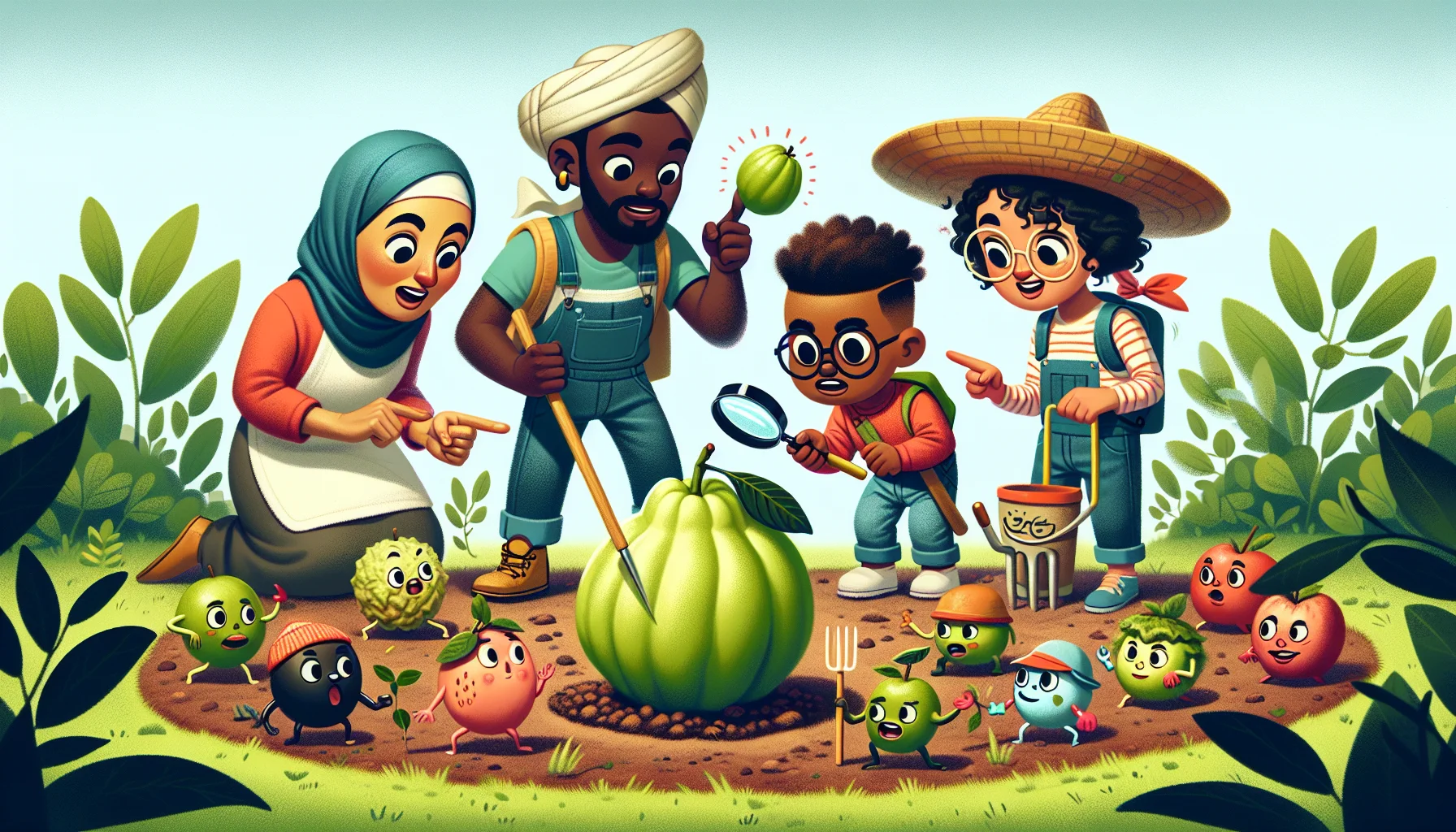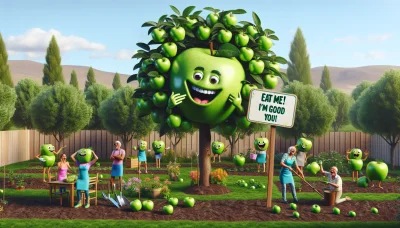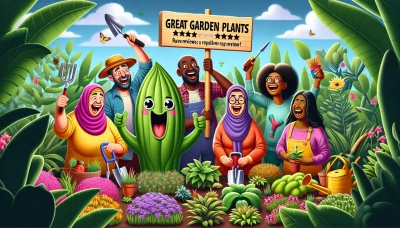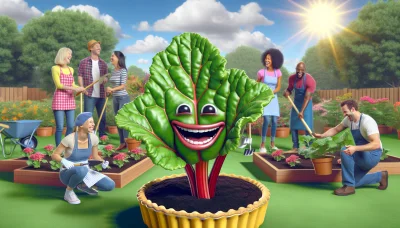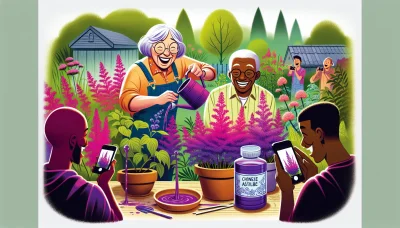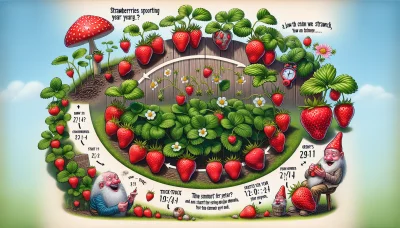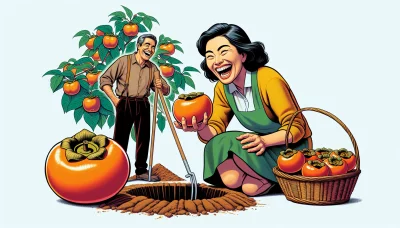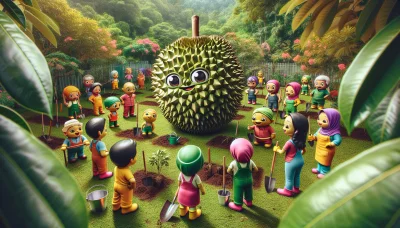How to tell if guava is ripe Quiz
Test Your Knowledge
Question of
How to Tell If Guava is Ripe
For gardeners and fruit enthusiasts, understanding the right time to pick guavas is crucial. Picking guavas at their peak ripeness ensures the best flavor and texture, enhancing the eating experience. Knowing the signs of ripeness can help avoid the disappointment of unripe, sour fruit or the waste of overripe, spoiled guavas.
Identifying Ripe Guava: A Visual Guide
- Color Change: Ripe guavas often turn from green to a yellowish-green or light pink color.
- Fruit Softness: When gently pressed, a ripe guava will yield slightly under pressure.
- Aroma: A sweet, strong fragrance is a clear indicator that the guava is ripe and ready to eat.
The Feel Test: How to Determine Guava Ripeness
As guavas ripen, their texture and firmness undergo significant changes, which can be key indicators of their readiness for consumption. Initially, guavas are quite firm to the touch, but as they mature, they start to soften. To test a guava for ripeness, gently press the outer skin with your thumb. If the fruit yields slightly under pressure, it indicates that the guava is ripe and ready to eat. However, if the fruit feels very soft or mushy, it may be overripe. On the other hand, if there is no give at all, the guava likely needs more time to ripen. This simple feel test can help you choose guavas at the perfect stage of ripeness for your taste.
Smell and Taste: The Ultimate Ripeness Test
As guava approaches its peak ripeness, its aroma and flavor profile undergo significant changes, making smell and taste critical senses for determining its readiness for consumption. Initially, the guava emits a subtly sweet and floral scent, which intensifies and becomes more tropical and musky as it ripens. This aromatic evolution signals the development of sugars and organic compounds within the fruit, indicating not only enhanced sweetness but also a richer, more complex flavor profile. Similarly, the taste of guava transforms from slightly tart and astringent to wonderfully sweet and slightly acidic, with hints of strawberry and pear, as it ripens. These sensory cues are invaluable for identifying the perfect moment for consumption, when the guava promises the most delightful eating experience. Understanding and paying attention to these changes in smell and taste can ensure the enjoyment of guava at its flavorful best.
Harvesting Tips for Perfectly Ripe Guavas
- Check the Color: Guavas typically ripen from green to a yellowish-green. Some varieties may also have a slight pink blush when ripe.
- Feel the Firmness: Gently squeeze the guava. It should yield slightly under pressure, indicating it's ripe and ready for harvesting.
- Sniff for Sweetness: A ripe guava will emit a strong, sweet, and pleasant aroma. The stronger the scent, the riper the fruit.
- Timing is Key: The best time of day to harvest guavas is in the morning or late afternoon when the temperature is cooler. This helps in reducing the stress on the tree and preserves the fruit's quality.
- Use the Right Tools: For guavas that are higher up, use a fruit picker with a basket or padded grabber to avoid bruising. For reachable fruits, use clean, sharp pruning shears or a knife. Make sure to cut the stem about an inch above the fruit to avoid damaging it.
- Regular Checks: Guava trees can produce fruits at different stages. Regularly check your tree every few days to harvest ripe fruits and make room for others to mature.
- Storage: After harvesting, guavas can be stored at room temperature until fully ripe. Once ripe, they can be refrigerated to extend their shelf life for a few more days.
Storing Ripe Guavas: Best Practices
To properly store guavas once they are harvested and maintain their freshness, it is crucial to consider both temperature and humidity levels. Ripe guavas are best stored at a temperature range of 45 to 55 degrees Fahrenheit. This temperature range helps slow down the ripening process and extends the freshness of the fruit. In terms of humidity, a moderate level of 85% to 90% is ideal. This level of humidity helps to keep the guavas from losing moisture and becoming dry. It's recommended to store them in a perforated plastic bag in the refrigerator to achieve this balance of temperature and humidity. Additionally, keeping guavas away from direct sunlight and heat sources can further ensure they remain fresh for a longer period.
Common Mistakes to Avoid When Picking Guavas
| Mistake | How to Avoid |
|---|---|
| Picking too early | Wait until guavas emit a strong, sweet fragrance and yield slightly to gentle pressure. |
| Ignoring signs of overripeness | Check for overly soft spots, an overly intense smell, or signs of decay and avoid those fruits. |
| Not considering color changes | Look for a change in color from green to yellow or light green, but note that some varieties may remain green when ripe. |
| Assuming size indicates ripeness | Size can vary widely by variety; focus on scent and softness rather than size. |
| Forgetting to check the stem end | A slight give around the stem end can indicate ripeness; it should not be too firm. |
